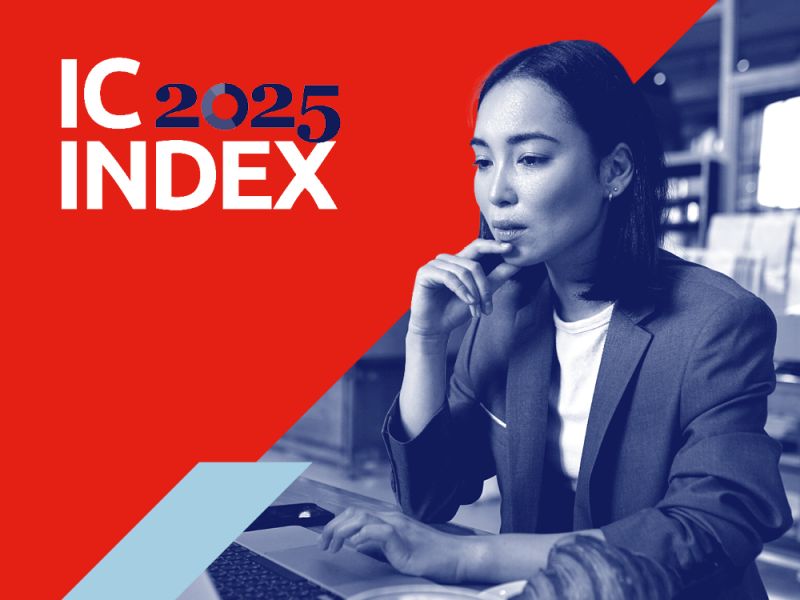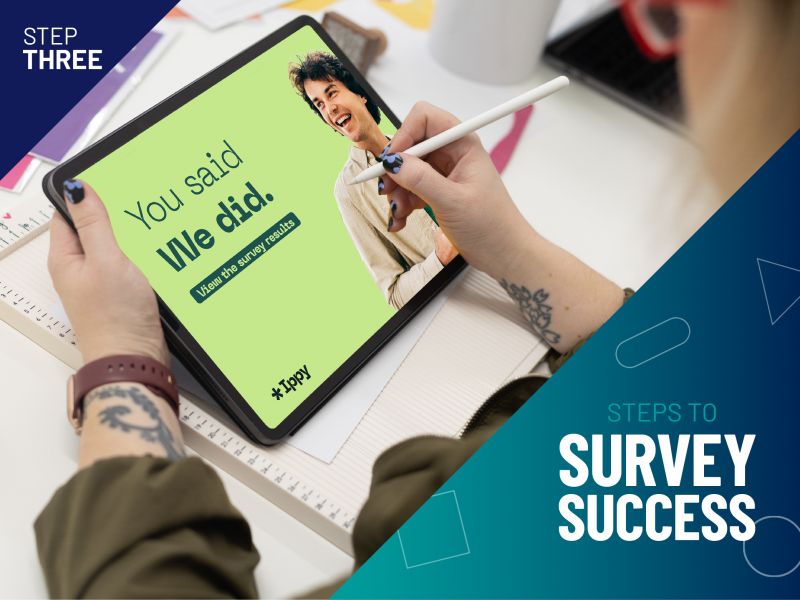True flexible working is about how people work, not just where, and employers who make it part of their talent strategy are attracting and retaining the best people.
As a new mum, returning to work from maternity leave in the middle of the pandemic, I am no stranger to both the benefits and the challenges surrounding flexible working. Though flexible working isn’t just about balancing work and childcare responsibilities, of course. The pandemic has made many of us re-think aspects of our working lives that previously seemed fixed. From our daily commutes and working hours, to the type of work we want to do. Many office-based employees in particular have enjoyed the benefits of greater flex, so as the UK Government’s advice to work from home comes to an end, what does the future of flexible working look like?
Flexible working vs home working
Firstly, let us clear up the common confusion; flexible working and home working are not the same thing. Home working is only one facet of flexible working and about place and location, while flexible working is also about time, working patterns, type of contract and type of work.
Now, there is a high probability that many people have been working ‘flexibly’ if they have been working from home throughout the pandemic. But what this probably means is that they have been flexing their working hours to meet the extraordinary demands during a time of crisis, particularly if they have caregiver responsibilities.
So, looking to the future, and to embracing more flexible types of work, we need to look beyond the enforced circumstances of the last 12 months. We have to look at flexibility in terms of the choices employers can give their people to help them be at their best and help them be able to stay in work.
But where can organisations start when it comes to introducing truly inclusive flexible working practices?
Practical advice on making flexible working work beyond the pandemic
Flexible working is increasingly becoming a hygiene factor for top talent when it comes to choosing and staying with an employer, especially post-pandemic.
Organisations who make this part of their talent strategy focus on the following:
- Putting employee needs first to inform the design of employee experiences, workplace cultures, processes and policies that encourage and enable the right type of flexibility. It’s tempting to focus on landmark policies or to follow competitors’ leads, but the best approaches are need-based and relevant to the specific organisation and context.
- Creating and embedding an inclusive culture that genuinely supports flexible ways of working, and where people feel safe and able to flex their time without fear of negative consequences. Flexible working can only be embraced when employees have the psychological safety to flex the way they work without fear of it affecting their perceived levels of commitment, social status and opportunities for future development.
- Promoting consistent leadership role-modelling to demonstrate both the possibilities and the positive impact of working in this way and to avoid the ‘say-do’ gap that many employees currently perceive. If people can’t see leaders working flexibly then they are unlikely to feel that this is something the organisation is really in support of.
- Clearly signposting commitment throughout the end-to-end employee experience. From offering flexible working in all advertised roles, to re-booting onboarding and re-thinking performance management.
- Going beyond policies: Flexible working policies are key to providing a clear, single version of the truth that will guide understanding, behaviour and action. But their existence is not enough. There needs to be clear communication and engagement around such policies.
Using employee listening to design flexible working practices
Most organisations acknowledge the importance of flexible working, but taking proactive action to embrace new working practices can be challenging in large and complex organisations. The critical thing is that this is not seen as a separate initiative or programme. Organisations who are adapting and responding best are making the evolution of ways of working part of their broader focus on culture, engagement and employee experience, rather than as a hot topic of the moment.
Our New Ways of Working report provides more practical advice on using employee insight to inform action within your organisation, and you can also download our InformAction pack – a practical toolkit to help you create more inclusive workplaces and work cultures by engaging your people.
While the lasting legacy of the pandemic will be debated and discussed for decades to come, it’s the actions that decision makers take now that will have the greatest impact on the world of work over the coming months and years. Personally, I hope that we’ll continue to see organisations and individuals embracing a more flexible approach and that the focus, above all else, is on helping people be at their best so they can do a great job, regardless of working hours, location or contract type.
In a recent webinar collaboration with the Global Institute of Women’s Leadership, Jenny Hill, our MD of Strategy and Propositions, presented hard-hitting findings from our New Ways of Working report and spoke passionately on the topic of flexible working.
You can watch the webinar – also featuring leaders from Mastercard, Compass Group and Facebook – and also read her views on the dangers of cultivating false flexible working practices via Tech Monitor.

Jenny Hill
MD Strategy and Proposition
To contact or find out more about Jenny, click here.







